
Porch Overhang
Examining the porch overhang, we notice air seeping into the house through the overhang, bump-out, or cantilever. To prevent this airflow from freely entering the overhang and reaching the floors or rooms, we can address this issue in various ways, tailored to the design or construction of the overhang. For instance, dense-packing the overhang with TruSoft cellulose insulation could serve as an effective method to hinder air infiltration into the home.
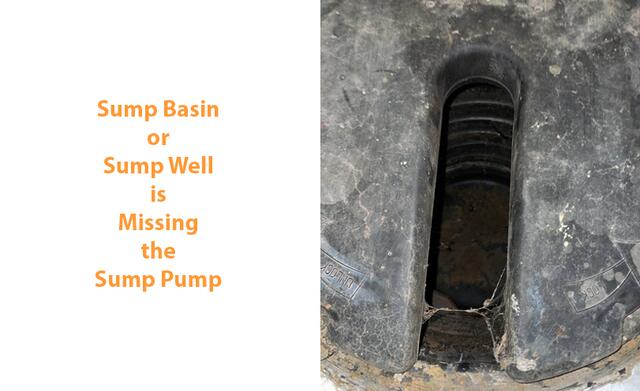
No Sump Pump
We discovered that the basement's sump pump was missing, leaving the sump basin or well without proper equipment to mitigate water damage risks. Our team is equipped with the expertise to replace sump pumps and assist homeowners in minimizing the threat of water damage.
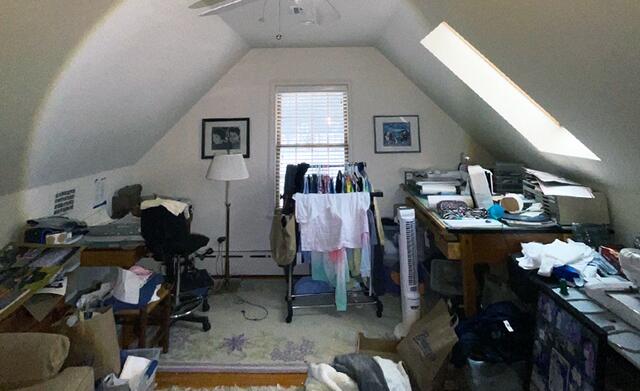
Uncomfortable Room
This room experiences temperature fluctuations, with the sun heating it due to insufficient insulation, while cold drafts enter through the kneewalls. One solution is to dense-pack the ceilings to reduce the influx of heat, but this is just one of the many options we have in our repertoire to address the issue.

Kneewall Entrance
This small closet has an entrance to the kneewall. While the kneewalls are insulated with thick fiberglass, exposed insulation alone isn't sufficient to prevent outside air from infiltrating. Without proper sealing and insulation, outside air can seep into the kneewalls and under the floors, leading to discomfort in the room.

Right Kneewall
We can improve comfort and energy efficiency in the rooms by insulating and sealing the kneewall using different methods. Blocking drafts in the floor and installing SilverGlo foam boards on the adjoining walls would effectively prevent air infiltration into the rooms.
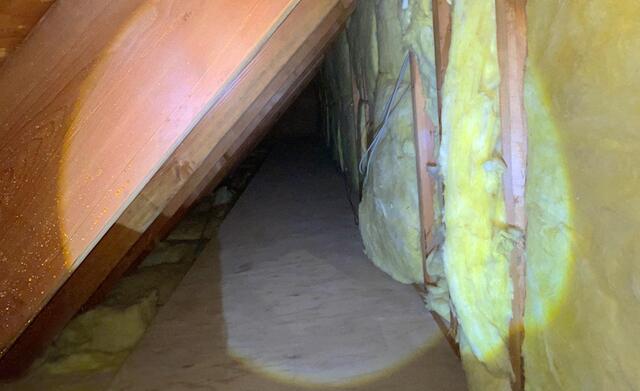
Left Kneewall
Considering various solutions and the homeowner's sunny side of the house, we would block draft the floors. Instead of installing SilverGlo onto the adjoining walls, we would place SilverGlo foam boards on the roof rafters or slopes, similar to sheetrock. This approach would help to radiate the sun's heat and dissipate warm air, preventing it from seeping into the rooms and causing discomfort.
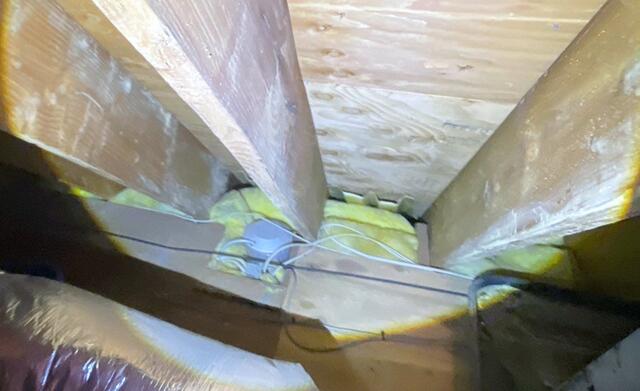
Attic Baffles
We observed that the attic baffles are barely visible, and the fiberglass insulation is exerting excessive pressure on them, hindering proper ventilation. To rectify this issue, we will remove the fiberglass insulation and replace the baffles, allowing the attic to ventilate effectively.
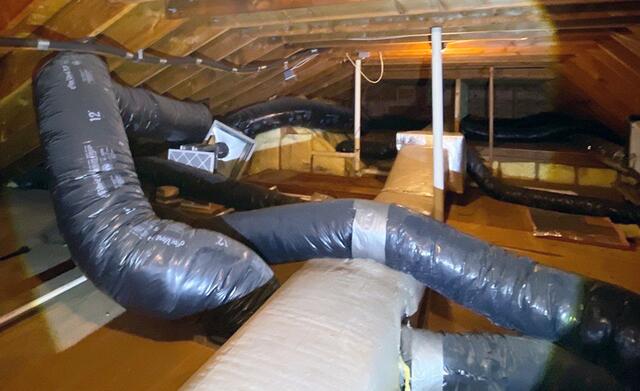
Poorly Insulated Attic & Leaky Ducts
The attic lacks proper insulation and air sealing, with noticeable air leakage in the ductwork. Encapsulating the ductwork with SilverGlo foam boards would effectively insulate it. This approach would help to dissipate the attic's heat away from the conditioned air blowing through the ducts.
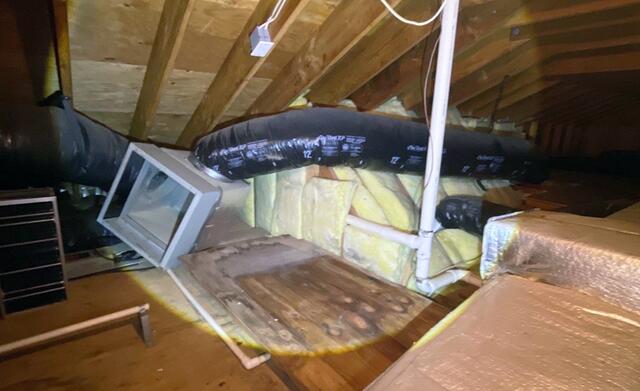
Poor Insulation & Leaky Ducts
In the image to the left, we can observe two black flex trunks connected to a metal duct. However, the metal duct is disconnected, allowing conditioned air to enter the attic and waste the homeowner's money. To properly insulate the attic, we propose installing SilverGlo foam boards on all adjoining walls where the attic connects to conditioned rooms. It's imperative to air seal the attic, and we recommend blowing in TruSoft cellulose insulation, with wooden retaining walls providing storage areas in the attic.

